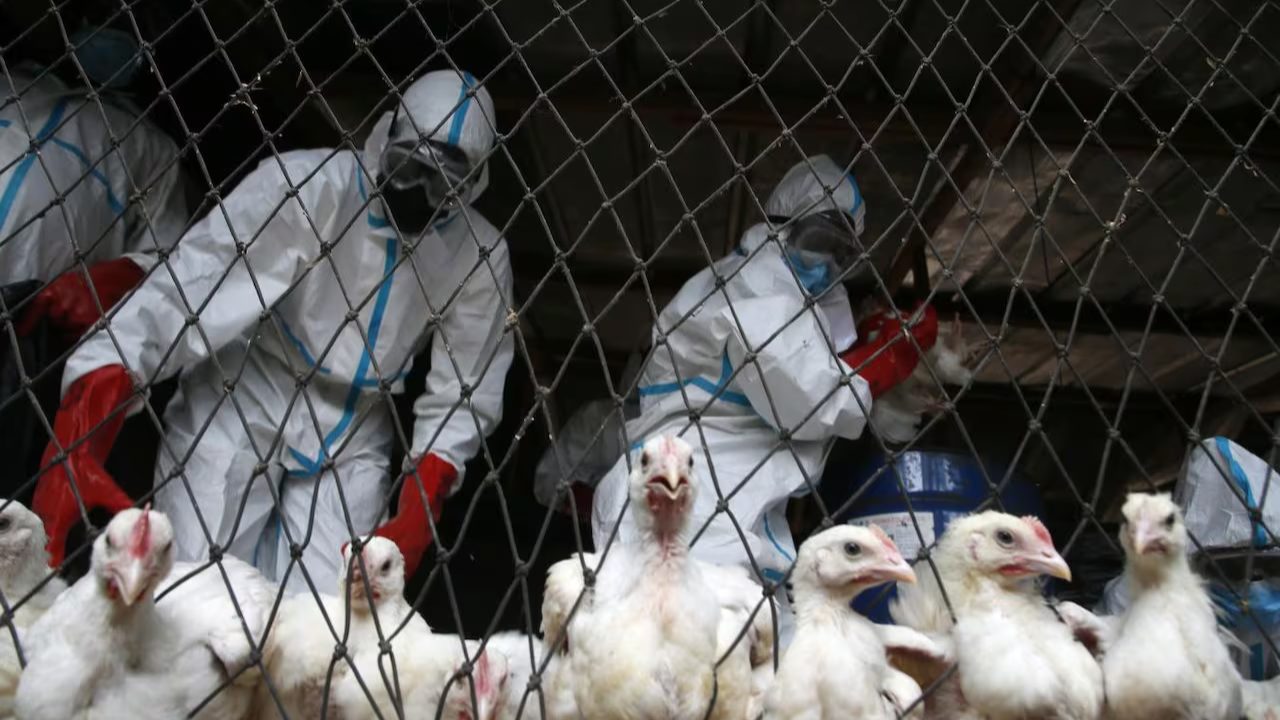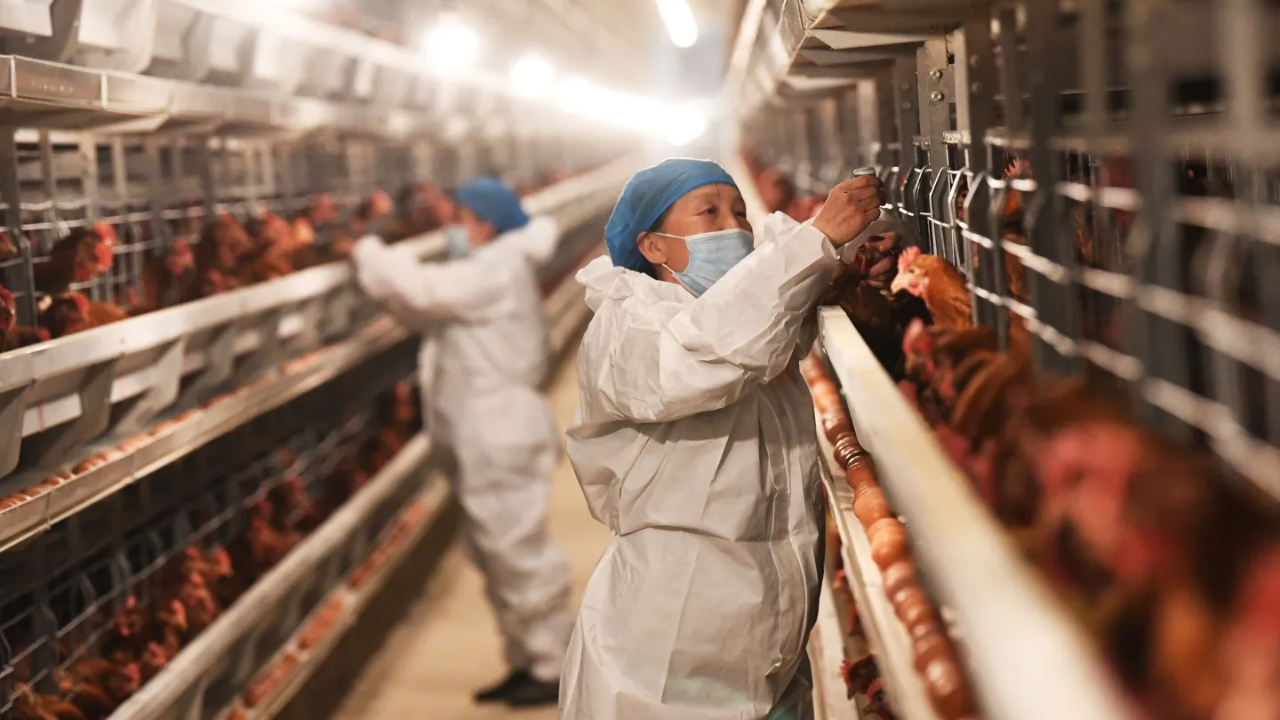A recent case of bird flu (H5N1) in a Missouri resident has health experts trying to understand how the person got infected. The bird flu has been spreading among poultry and wild birds since 2022, and this year it even jumped to dairy cows.
So far, about a dozen people in the U.S. have been infected, mostly workers handling sick animals.
But the latest Missouri case, discovered in late August 2024, is different. This patient is not a livestock worker and has had no known contact with animals, which makes the case unusual. Now, experts are trying to figure out if the virus could have spread between humans, which would be a new concern.
The Centers for Disease Control and Prevention (CDC) confirmed the case on September 6 and said it’s the 14th human case of bird flu in the U.S. this year. What’s worrying is that this is the first case where the person did not directly handle sick animals.
The CDC emphasized that the risk to the general public is still low. However, this case raises questions about how the virus spreads.
So far, Missouri health authorities have not asked the CDC for further investigation, which some experts find frustrating.
How Did This Missouri Resident Catch Bird Flu?
In most human cases of bird flu, people got sick after direct contact with infected animals. In this Missouri case, health officials say the patient had no such exposure. They did not work with livestock, leaving experts puzzled.
Health experts are now looking at other possibilities, like contact with household pets or wild birds. Bird flu has already been found in wild animals like red foxes in Missouri, and in domestic cats in 13 states. Dr. Dana Hawkinson, a specialist in infection control, said it’s possible the patient’s pet could have brought the virus into the home.
He also mentioned that high-touch surfaces, like door handles, could spread the virus if the person touched a contaminated surface and then their face. “Humans touch their face all the time and don’t always wash their hands properly,” Hawkinson explained.
Read More News:
- Five Missouri Universities Now Offer Direct Admission with No Application Required
- Major Flooring Company Closing All Stores, Including 8 Locations in Missouri
Can Bird Flu Spread from Person to Person?

Bird flu spreading between humans is very rare, but it has happened in the past. Dr. Hawkinson noted that for bird flu to spread to humans, the virus must attach to specific receptors in our cells.
Humans don’t have as many of these receptors compared to animals like birds, which makes it harder for the virus to infect people.
In past outbreaks, only a few people were infected by human-to-human transmission. So while it’s possible that the Missouri patient got the virus from another person, it’s still very unlikely. The CDC continues to stress that the risk of the virus spreading between people remains low.
Dr. Hawkinson advised people to wash their hands after touching surfaces and avoid touching their faces. While bird flu is mostly spread through animals, humans can catch it if they come into contact with contaminated surfaces or objects.
For now, there’s no major concern about the virus spreading widely between people. But since the bird flu virus has already mutated enough to jump from birds to mammals, it could continue evolving.
Current flu vaccines don’t protect against the H5N1 bird flu virus, though the government has stockpiled vaccines specifically for H5N1, which are not yet recommended for public use.
Missouri health officials will continue to monitor the situation closely as more information becomes available about how this person was infected.

